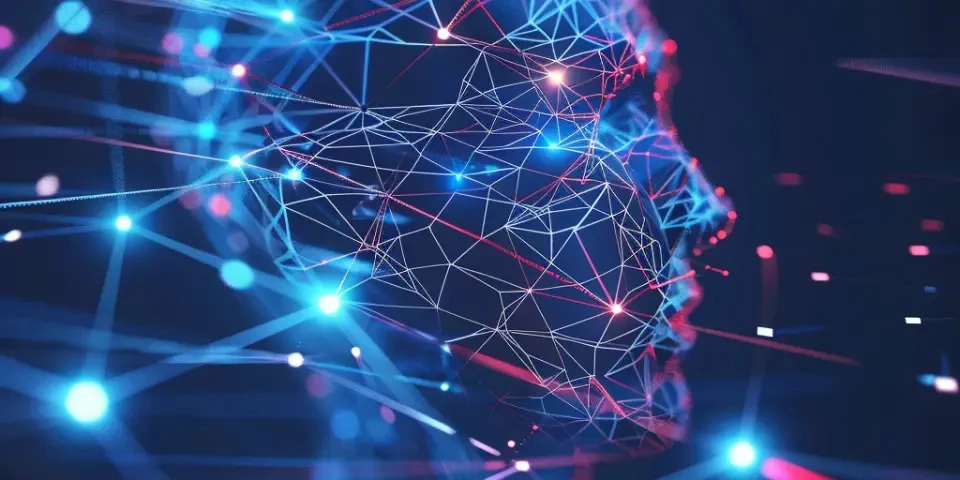AI in Design Bridging the Gap between Humans and Machines
In recent years, the integration of Artificial Intelligence (AI) in design processes has been gaining significant traction. AI technologies, such as machine learning and natural language processing, have the potential to transform the traditional design landscape by enabling designers to streamline their work, generate innovative ideas, and bridge the gap between humans and machines. This article explores the various aspects of AI in design and its implications for the future.
1. Automating Repetitive Tasks
One of the key advantages of AI in design is its ability to automate repetitive tasks. For instance, AI-powered software can automatically generate templates, resize images, or organize complex data sets. This not only saves time but also allows designers to focus on more creative aspects of their work, fostering innovation and productivity.

With AI algorithms continuously learning from user interactions and design patterns, the software becomes smarter over time, offering personalized recommendations and automating design decisions that align with the designer's style.
2. Enhanced Design Exploration
AI tools provide designers with a vast range of design possibilities by analyzing massive data sets from multiple sources. By leveraging machine learning algorithms, these tools can suggest alternative design options, incorporating insights from user preferences, industry trends, and historical data.
For example, a website design tool powered by AI can analyze successful website designs from various sectors and recommend layout options that are proven to engage users effectively. This enables designers to explore new design directions and make informed decisions based on data-driven insights.
3. Intelligent Assistance and Collaboration
AI can act as an intelligent assistant for designers, offering suggestions, generating ideas, and providing real-time feedback. Natural Language Processing (NLP) algorithms enable designers to interact with AI tools using conversational interfaces, allowing for a more intuitive and efficient design process.
Furthermore, AI facilitates collaboration between designers and other stakeholders. Design platforms with built-in AI capabilities allow designers to share their work with clients or colleagues, who can then provide feedback. The AI technology can process this feedback, identify common patterns, and generate recommendations that align with the stakeholders' requirements.
4. Enhancing User Experience Design
AI plays a vital role in enhancing user experience (UX) design. By analyzing user behavior and preferences, AI algorithms can predict user actions, personalize experiences, and optimize designs for maximum engagement.
For instance, AI-powered chatbots can collect user feedback, analyze it, and instantly suggest design improvements based on user sentiments and preferences. This iterative process allows designers to create UX designs that cater to users' needs and desires, ultimately leading to higher user satisfaction.
5. Ethical Considerations in AI Design
As AI becomes more prevalent in design processes, ethical considerations become paramount. Designers must ensure that AI algorithms are trained on diverse and unbiased data sets to avoid perpetuating existing biases or discriminations.
Additionally, designers should carefully consider the implications of AI-generated designs. While AI tools can undoubtedly enhance creativity and efficiency, they should not compromise the uniqueness and originality of human creativity. Designers must strike a balance between utilizing AI assistance and preserving their artistic instincts.
6. Limitations of AI in Design
While AI offers numerous benefits, it also has its limitations. AI algorithms rely on historical data to make predictions and recommendations, which can be limiting when dealing with unique or unprecedented design challenges. Human input and creativity remain crucial in such situations.
Furthermore, AI tools may struggle with understanding complex emotions, cultural nuances, and subjective design preferences that vary across different regions or demographics. Human designers bring an empathetic touch and a deeper understanding of human desires and emotions, which AI may struggle to replicate.
7. AI Tools for Designers: A Comparison
Various AI-powered design tools are available in the market, each with its own unique features and capabilities. Let's compare two popular options:
Software A: This tool offers an extensive library of design templates and features an AI-powered algorithm that can automatically generate personalized design recommendations based on user preferences. It also integrates with other design software and platforms, allowing for seamless collaboration.
Software B: With this tool, designers can leverage AI algorithms to generate and present design options based on specific user inputs. The software also includes advanced data visualization capabilities for better decision-making. However, it requires a steeper learning curve compared to Software A.
Frequently Asked Questions (FAQs)
Q1: Will AI replace human designers in the future?
A1: While AI can automate certain design tasks and offer intelligent assistance, it is unlikely to replace human designers entirely. The human touch, creativity, and empathy remain essential in design processes.
Q2: Can AI truly understand and replicate human creativity?
A2: AI algorithms can mimic certain aspects of human creativity, but true human creativity remains difficult to replicate. AI can assist designers by offering new perspectives and design suggestions based on data and patterns, but the final creative decisions are generally made by human designers.
Q3: What are the risks of relying too heavily on AI in design?
A3: Over-reliance on AI in design can potentially lead to homogeneity and a lack of uniqueness in designs. It is crucial for designers to balance AI assistance with their creativity and ensure they are not compromising the originality and artistic essence of their work.
References:
[1] Smith, J. (2020). AI in Design - Current Use-Cases, Limitations, and Impact. Smashing Magazine. https://www.smashingmagazine.com/2020/07/ai-in-design/
[2] Zoltners, A. (2021). The Role of AI in the Future of Graphic Design. Medium. https://uxdesign.cc/the-role-of-ai-in-the-future-of-graphic-design-47b9801621dd
Explore your companion in WeMate